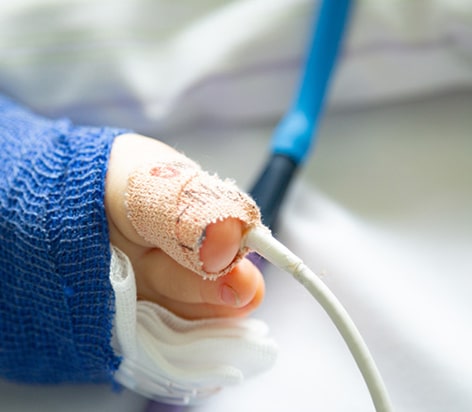
An invasive long-term IV access line is beneficial for patients requiring multiple or frequent access to the veins. Such patients include those undergoing chemotherapy and dialysis, requiring prolonged intravenous antibiotic treatment, frequent parenteral nutrition, and drawing repeated blood samples. The types of invasive long-term IV access lines include Peripherally Inserted Central Catheter (PICC) lines, tunneled venous catheters, central line or Hickman catheters, chemoport, and central venous catheters.